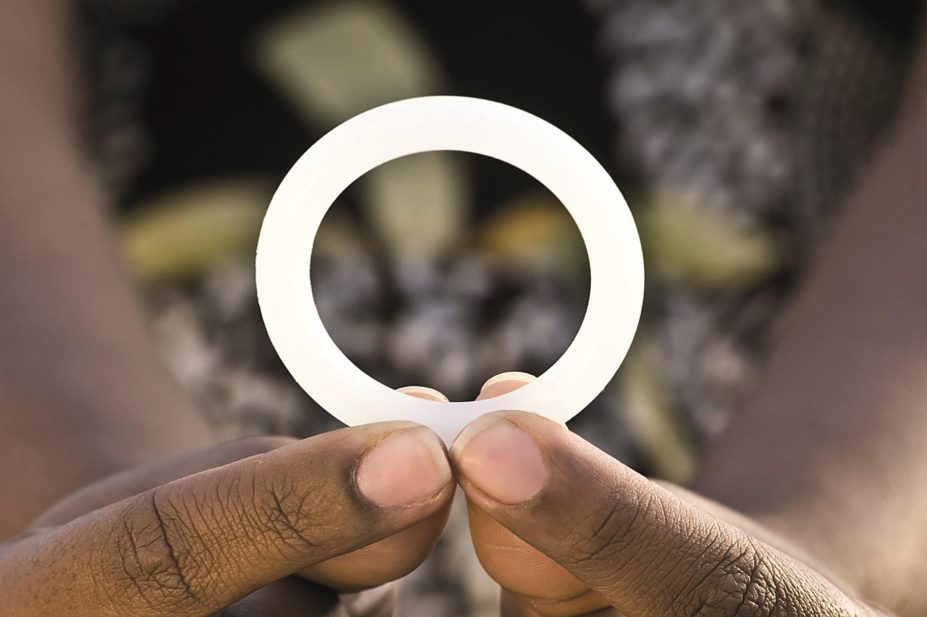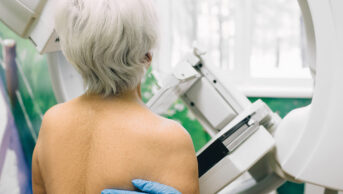
Shutterstock
Use of a vaginal ring or intravaginal testosterone cream (IVT) reduced vaginal dryness and sexual dysfunction in post-menopausal women with breast cancer receiving aromatase inhibitors (AIs) without showing persistent elevation in estradiol levels, research has shown.
AIs are the preferred adjuvant therapy for post-menopausal women with hormone receptor–positive (HR+) early-stage breast cancer, but sexual dysfunction is a common side effect, with up to half of women taking them reporting low libido and three quarters experiencing vaginal dryness. Aromatase inhibitors include drugs such as anastrazole and letrozole.
Vaginal oestrogens are an effective treatment for urogenital atrophy, but there are concerns about their safety in patients with breast cancer because of potential systemic absorption.
Commenting on the study, Rachel Rawson, senior clinical nurse specialist at the UK charity Breast Cancer Care, says: “Vaginal dryness and loss of libido can be a very distressing side effect of breast cancer treatment. Many women find it can have a huge impact on their sex life, so anything that can help them is very welcome.
“There are a number of non-hormonal treatments currently on the market for vaginal dryness including lubricants and moisturisers. Hormonal treatments are often a last resort when women have exhausted all other avenues, because they contain oestrogen. If non hormonal approaches are found to be unhelpful and quality of life is suffering, then options such as this and other hormonal treatments need to be considered by patients and their hospital teams,” she says.
To evaluate the safety of vaginal hormonal treatments in patients with early-stage breast cancer receiving an AI, researchers at the University of California in San Francisco randomly assigned 35 patients to a estradiol-releasing vaginal ring and 34 to IVT for 12 weeks.
Blood estradiol levels were measured at the start of the study and again after 4 and 12 weeks. The intervention was to be considered unsafe if more than 25% of patients had persistent elevation in estradiol levels (>10pg/ml) on two samples at least two weeks apart.
Reporting their findings in JAMA Oncology (online, 10 November 2016)[1]
, the researchers found that persistent estradiol elevation was observed in 4 of the women (12%) using IVT over 12 weeks, but none of the women using a vaginal ring.
Another four patients in each of the groups had transient elevations, while patients in both groups showed improvement in vaginal atrophy and sexual interest and dysfunction. Until more evidence on safety is available, the researchers recommend that hormonal approaches are only considered if non-hormonal approaches are found to be unhelpful and then only “after a frank discussion and shared decision making” with the patient.
In an associated commentary, Katherine Reeder-Hayes and Hyman Muss from the school of medicine at the University of North Carolina, say: “No evidence is presented, nor to our knowledge exists, establishing whether the study threshold of less than 25% persistent elevation in estradiol, or any other level of elevation, is ‘safe’ for breast cancer survivors, in the sense of having no effect on their risk of future breast cancer events.”
At the start of the study, which was funded by AstraZeneca, 37% of patients had elevated estradiol levels, which the authors speculated may be a result of sporadic residual ovarian function or to the use of estrogen-containing supplements.
References
[1] Melisko M, Goldman M, Hwang J et al. Vaginal testosterone cream vs estradiol vaginal ring for vaginal dryness or decreased libido in women receiving aromatase inhibitors for early-stage breast cancer. JAMA Oncology 2016 doi: 10.1001/jamaoncol.2016.3904


